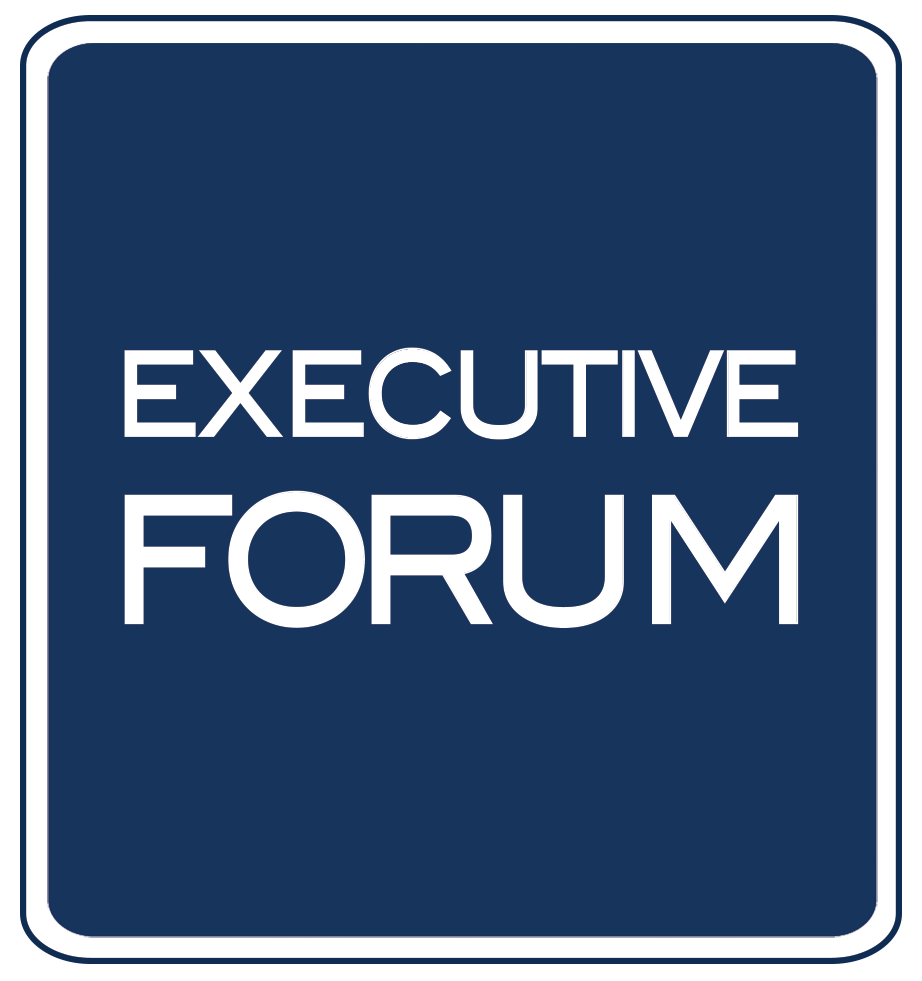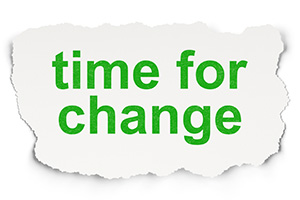The research on sitting is clear. We’re slowly killing ourselves through inactivity every day. In addition to developing poor posture, sitting for long periods of time is linked to an increased risk of high blood pressure, heart disease, diabetes, and dementia—regardless of diet. In addition to the net negative impact on health, sitting also impacts productivity. Energy level drops, creativity is impacted, and brain fog emerges. While corporate wellness programs may encourage step count competitions and provide great education on overall wellness, leaders should take an active role in increasing physical activity in the office.
Breaking Through the Organizational Change Myth
“No one likes change.” It’s one of those statements we’ve all heard so often in business that we’ve come to accept it as fact. No one likes change. On face value, it seems reasonable. We can all think of some organizational change initiative that was met with resistance by a few (or many) vocal opponents, so anecdotally the statement seems to hold water. But look past the failed change initiatives and think about the ways we seek out change every day. We buy new cars and homes. We meet new people and build relationships. We start families and change careers. … Read More
Dealing with Colleagues Who Lack Self-Awareness
Creating a high performing team is part art and part science. First, you must combine the right mix of skills, knowledge, abilities, experience, and personalities. Then, you must ensure they’re all moving toward the same goal and motivated by the same vision. When one person struggles, it can drain the energy of the whole team and create a distraction that impacts performance. One of the most difficult issues to overcome is when one team member lacks self-awareness. In a team environment, when one person is unaware of the impact their have on the organization or their colleagues, correcting the issue … Read More
One Activity Managers Should Never Overlook
In pursuit of efficiency and energy preservation, managers are often in search of ways to do more with less. Working smarter, not harder is a universal goal, but the execution of that goal often involves cutting corners. While there’s a very necessary time and place for saying “no” to requests, there’s one activity that should never become a low priority. Onboarding new employees can be exhausting. From the complex tasks such as explaining layered strategies to time-consuming needs like giving access to key resources, it can be tempting to cut corners or delegate responsibility. However, the investment in time spent … Read More
8 Tips for Effective Meetings
In a culture where busyness has unfortunately become an indicator of importance, boasting about a completely packed calendar has become fashionable. Leaders run from one meeting to the next with barely enough time to grab coffee, let alone reflect and absorb any information from the last meeting. Then, once the day is done, they spend their evenings catching up on their “real” work and sacrifice any hope of work-life balance. It can be difficult to disrupt a corporate culture that relies on long meetings to communicate and collaborate, but the disruption is absolutely essential. Leaders should abandon the madness within … Read More
Strategic Networking and Relational Leadership
For highly skilled sales people, networking and identifying strategic relationships often come easily. These individuals tend to gain energy by meeting new people, create meaningful connections with ease, and quickly assess evidence of that person’s value within the network. This is part skill, part experience, and part art. But networking and building relationships is not a skill reserved for sales people. In fact, most models of High Potential include some combination of emotional intelligence and the ability to identify, develop, and leverage meaningful relationships. At the leadership level, exerting influence in the absence of formal power often comes down to … Read More






